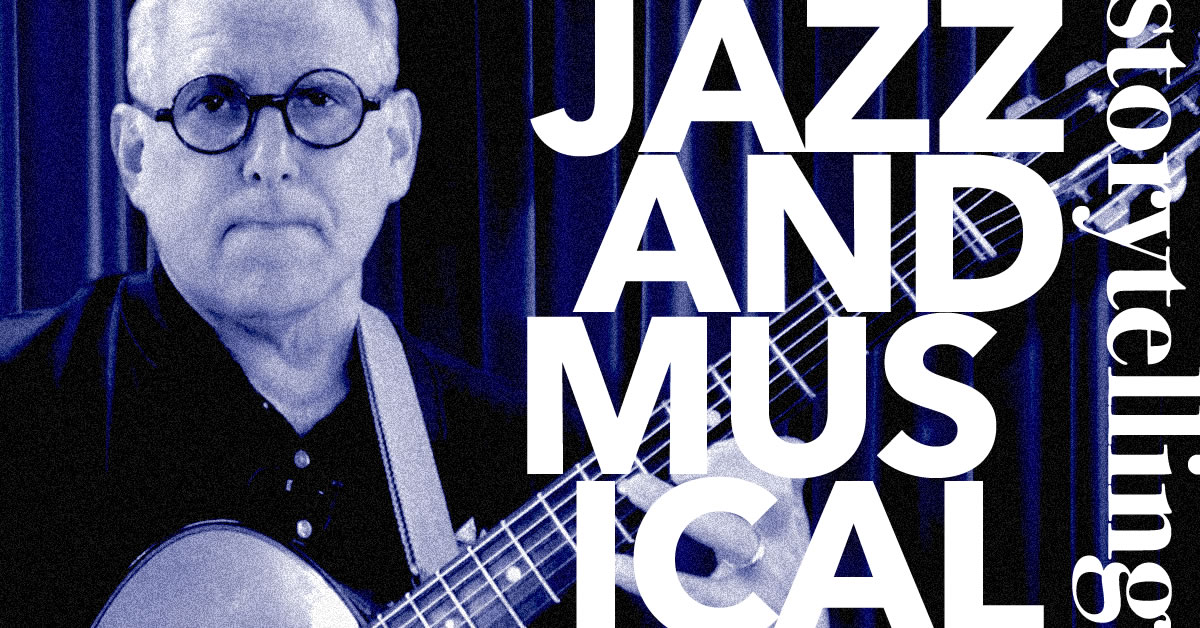Jazz and Musical Storytelling

What is musical storytelling?
Many of our favorite storytellers rely on music to help them deliver their messages with impact. Depending on what’s happening in the story, they use specific techniques and strategies.
For example, when there’s a dream sequence, they play a whole tone scale.
When the villain has left the lady tied to the railroad tracks and the hero is rushing to rescue her at the last moment, they play a series of diminished chords.
When the mood is sad and somber, they play minor chords.
Some chords are churchy and traditional…
And others are floaty and lush and ethereal
And some are funky and cool
Different musical styles like jazz and blues and ragtime and rock each have a particular message—a feel that engages listeners.
And you may be thinking, Dave, this music lesson is interesting but what does it have to do with my business?
Business storytelling adds the music to your message.
You could say “Our company developed a program for professionals,” or you could say, “Remarkable Stories created an experience for you!”
Did naming the company inspire any interest?
Doesn’t “create” sound a lot more musical than “develop?”
Doesn’t an “experience” sound more interesting than a “program?”
And doesn’t “you” sound more relevant than “professionals?”
The words you choose to use and the words you choose not to determine whether your message enrages or engages. It’s all about the music—musical storytelling.
Fortunately, in the same way that musicians rely on specific techniques to set the tone, professionals can master the specialized strategies used by effective storytellers to capture attention and keep your audience engaged.
And now we’re here at the end and I need to wind up with just the right tone—something optimistic and positive and maybe a little sophisticated.
See if this G 6 9 #11 chord does the trick.


